In the expanding world of tropical fruits, Canistel — commonly known as Egg Fruit due to its rich, yolk-like texture — remains a hidden gem. Scientifically known as Pouteria campechiana, Canistel is a fruit native to Central America and the Caribbean. Though it hasn’t yet achieved the global recognition of mangoes or avocados, Canistel holds enormous nutritional, culinary, and commercial value, especially in regions where it thrives naturally.
With rising demand for exotic superfoods and plant-based ingredients, identifying the largest global producer of Canistel has become a subject of agricultural and economic interest. So, which country leads the world in Canistel production?
The clear answer is Mexico.
This article will explore Canistel’s origins, characteristics, cultivation regions, cultural importance, production data, and why Mexico holds the top spot in global Canistel (Egg Fruit) production.
What is Canistel (Egg Fruit)?
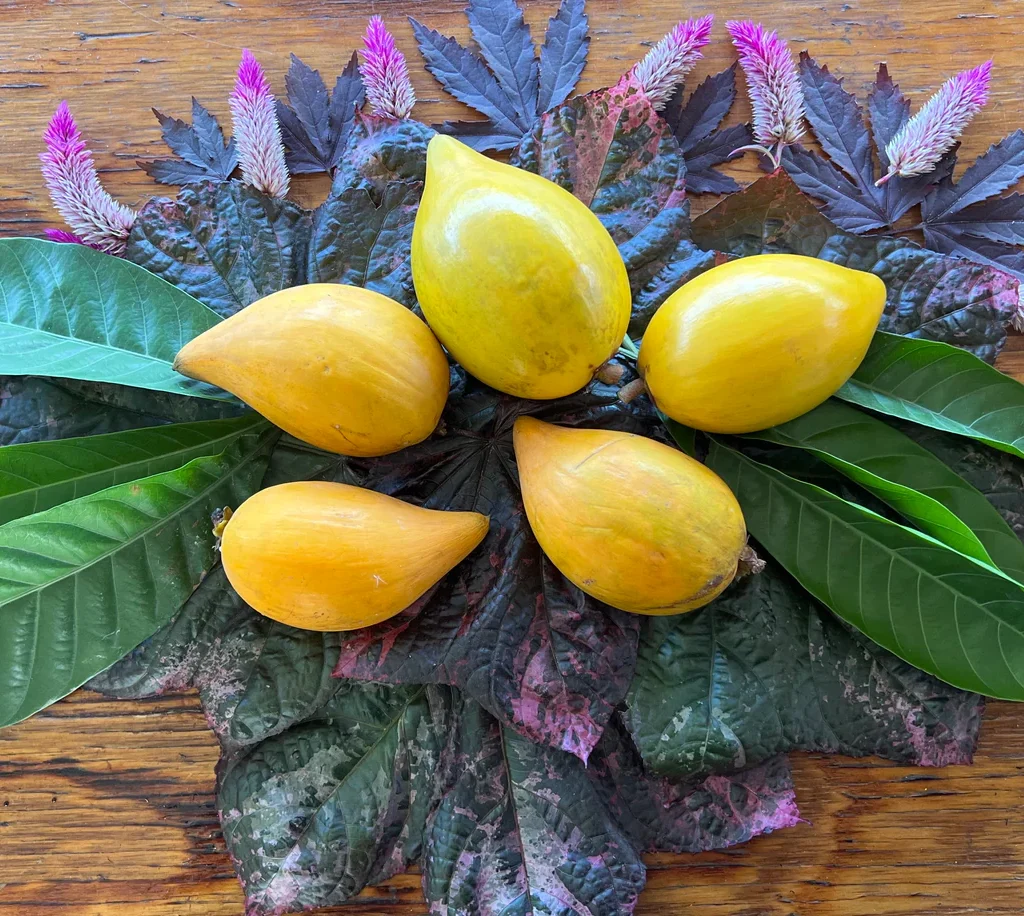
Canistel is a subtropical to tropical evergreen fruit tree from the Sapotaceae family — the same botanical group as sapodilla and mamey sapote. The tree produces bright yellow to orange, oval or oblong fruits with a sweet, creamy, and dense flesh that strongly resembles the texture of a cooked egg yolk, hence its nickname Egg Fruit.
The fruit is highly nutritious, offering:
- High beta-carotene (pro-vitamin A)
- Vitamin C
- Calcium and phosphorus
- Rich dietary fiber
When fully ripe, Canistel’s smooth, custard-like pulp can be eaten fresh or used in various recipes like smoothies, custards, milkshakes, ice cream, pies, and puddings.
History and Cultural Importance
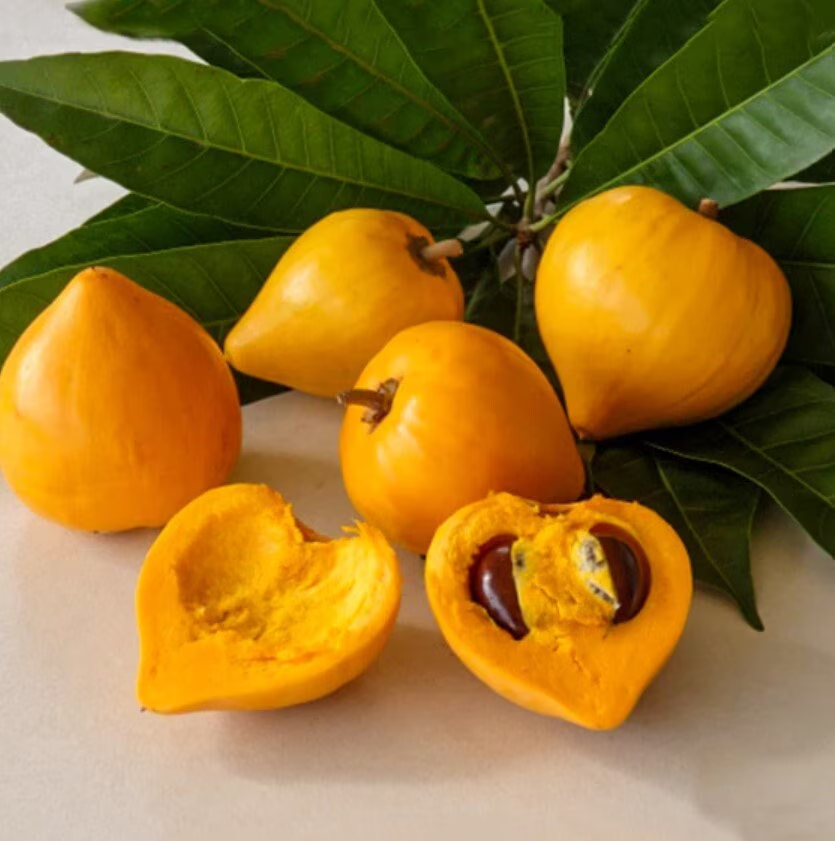
Canistel is believed to have originated in southern Mexico, Guatemala, Belize, and the Yucatán Peninsula, spreading through human cultivation and natural dispersal. It has a long history of use among Maya and Aztec civilizations, who valued the fruit for its energy-boosting, nourishing qualities.
Today, Canistel remains popular in:
- Mexico
- Cuba
- Guatemala
- Costa Rica
- Philippines (introduced via the Spanish)
- Vietnam and parts of Southeast Asia
In these regions, the fruit is consumed fresh, blended into drinks, or processed into pastes, jams, and even flour.
Where is Canistel Grown Globally?
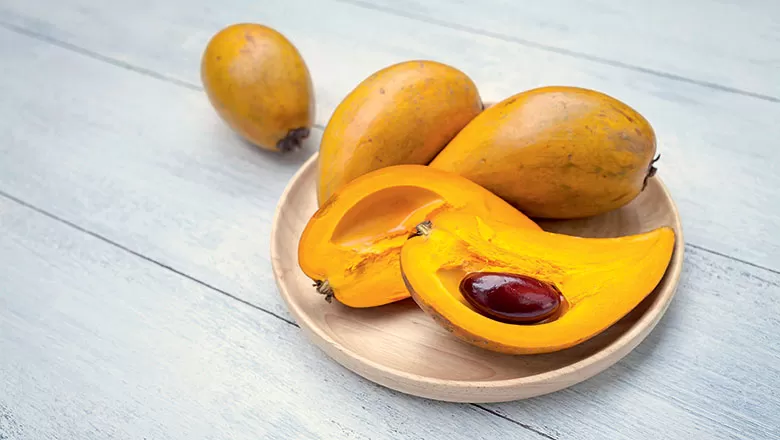
Ideal Growing Conditions
Canistel thrives in:
- Warm tropical and subtropical climates
- Annual temperatures of 22°C to 32°C (72°F to 90°F)
- Well-drained, slightly acidic to neutral soils
- Moderate to high rainfall (1,200–2,000 mm annually)
Although native to Central America, the tree has adapted to tropical regions in Southeast Asia, the Caribbean, and parts of the United States (Florida and Hawaii).
Major Canistel Producers
- Mexico (largest globally)
- Cuba
- Guatemala
- Costa Rica
- Philippines
- Vietnam
- Thailand
- India (small experimental orchards)
Among these, Mexico far outpaces other countries in both total volume and commercial-scale orchards.
Why is Mexico the Largest Canistel Producer Globally?
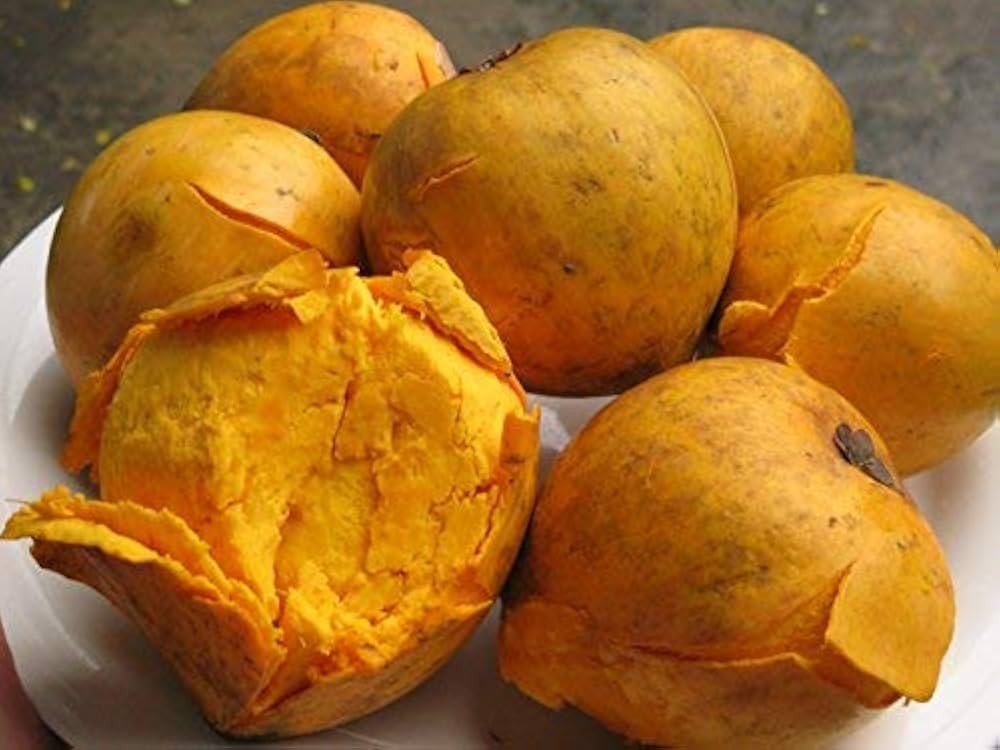
Several key factors explain Mexico’s leadership in global Canistel production:
Native Origin Advantage
As the center of origin and genetic diversity for Canistel, Mexico naturally possesses ideal environmental conditions, including:
- Fertile soils
- A tropical to subtropical climate
- Balanced rainy and dry seasons that support high-yield fruiting
Large Natural and Cultivated Tree Populations
Canistel grows wild in Mexico’s southern forests and is also cultivated in home gardens, small farms, and commercial plantations.
Major producing states include:
- Yucatán
- Campeche
- Quintana Roo
- Tabasco
- Chiapas
- Veracruz
In these regions, Canistel trees thrive both in rural agroforestry systems and organized orchards.
Culinary and Cultural Value
Canistel holds strong culinary and cultural significance in Mexico:
- Consumed fresh during the fruiting season (October to March)
- Blended into traditional drinks and custards
- Sold in local markets, roadside stalls, and street fairs
This steady domestic demand encourages continued cultivation and harvest.
Research, Breeding, and Commercial Infrastructure
Mexican agricultural institutions have invested in conservation and propagation programs, including:
- Germplasm banks preserving native varieties
- Research on improved cultivars and grafting techniques
- Commercial farming initiatives aimed at expanding the market
Such support has boosted yields and product quality.
Canistel Production Statistics
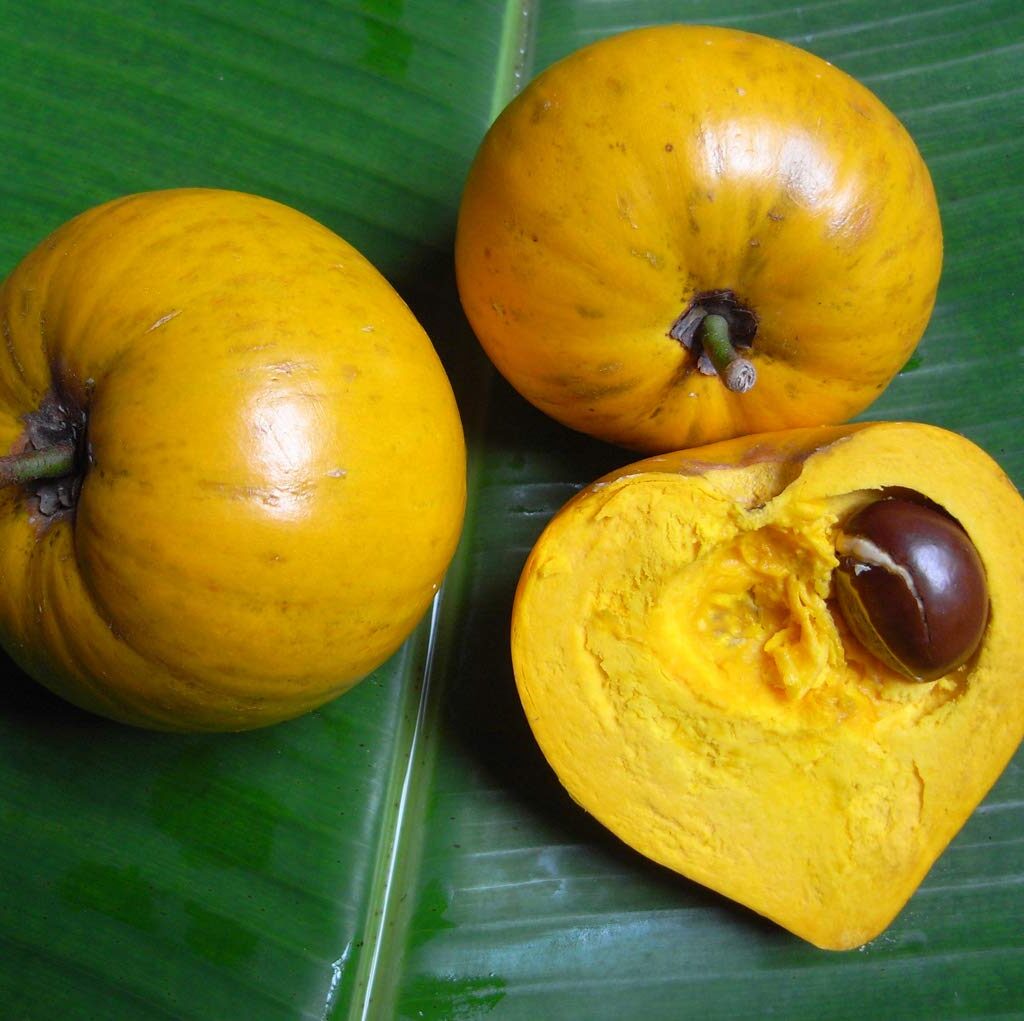
Reliable commercial production data on Canistel is limited due to its niche status and prevalence in informal markets. However, agricultural surveys and export records suggest:
- Mexico produces over 20,000–25,000 metric tonnes annually, the highest in the world.
- Yucatán Peninsula states alone account for over 60% of national production.
- Other producers like Cuba, Costa Rica, and the Philippines harvest far smaller, mostly local quantities.
Mexico also leads in Canistel seedling exports and fresh fruit shipments to neighboring Central American countries.
Nutritional and Health Benefits
Canistel is a highly nutritious fruit, offering several health benefits:
- Rich in pro-vitamin A (beta-carotene) — supports eye health and immune function.
- Good source of vitamin C — boosts immunity and collagen formation.
- Provides calcium and phosphorus — for bone health.
- High in fiber — aids digestion and gut health.
- Low in fat, high in energy — excellent natural energy booster.
Its antioxidant properties help combat oxidative stress, while its low glycemic index makes it suitable for diabetic-friendly diets when consumed in moderation.
Culinary and Commercial Uses
Canistel’s unique texture and flavor make it a versatile ingredient:
- Eaten fresh when fully ripe
- Blended into smoothies, milkshakes, and energy drinks
- Used in custards, puddings, and ice creams
- Processed into flour for pastries and cakes
- Fermented into wines and fruit liqueurs
In Mexico, it’s also turned into traditional desserts like “dulce de huevo de mamey”, a local custard specialty.
Market Potential and Industry Growth
With increasing global demand for tropical superfoods and plant-based nutrition, Canistel presents strong export opportunities for Mexico:
- Niche markets in the United States, Canada, and Europe
- Vegan and health food sectors seeking exotic, nutrient-rich fruits
- Functional food markets valuing pro-vitamin A and antioxidant content
Mexico’s proximity to major North American markets and established trade infrastructure positions it well for expanded Canistel exports.
Conclusion
To definitively answer the thesis question:
Mexico is the largest Canistel (Egg Fruit) producer globally.
Thanks to its:
- Native origin and genetic diversity
- Ideal environmental conditions
- Extensive wild and cultivated tree populations
- Culinary integration and cultural significance
- Institutional support for breeding and propagation
Mexico outpaces all other Canistel-producing countries by a wide margin. As awareness of Canistel’s nutritional and health benefits spreads, and as niche fruit markets expand, Mexico’s leadership in Egg Fruit production is poised to strengthen further — offering both economic and gastronomic opportunities at home and abroad.





